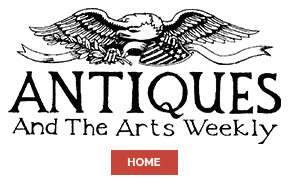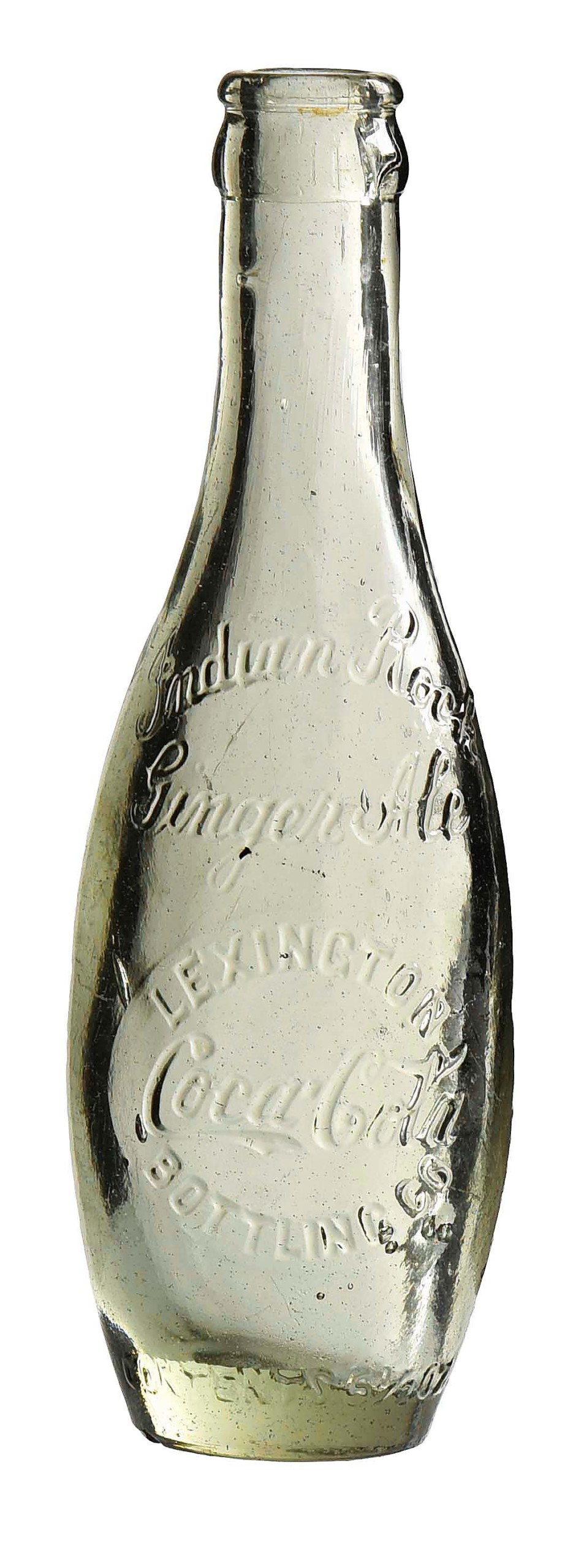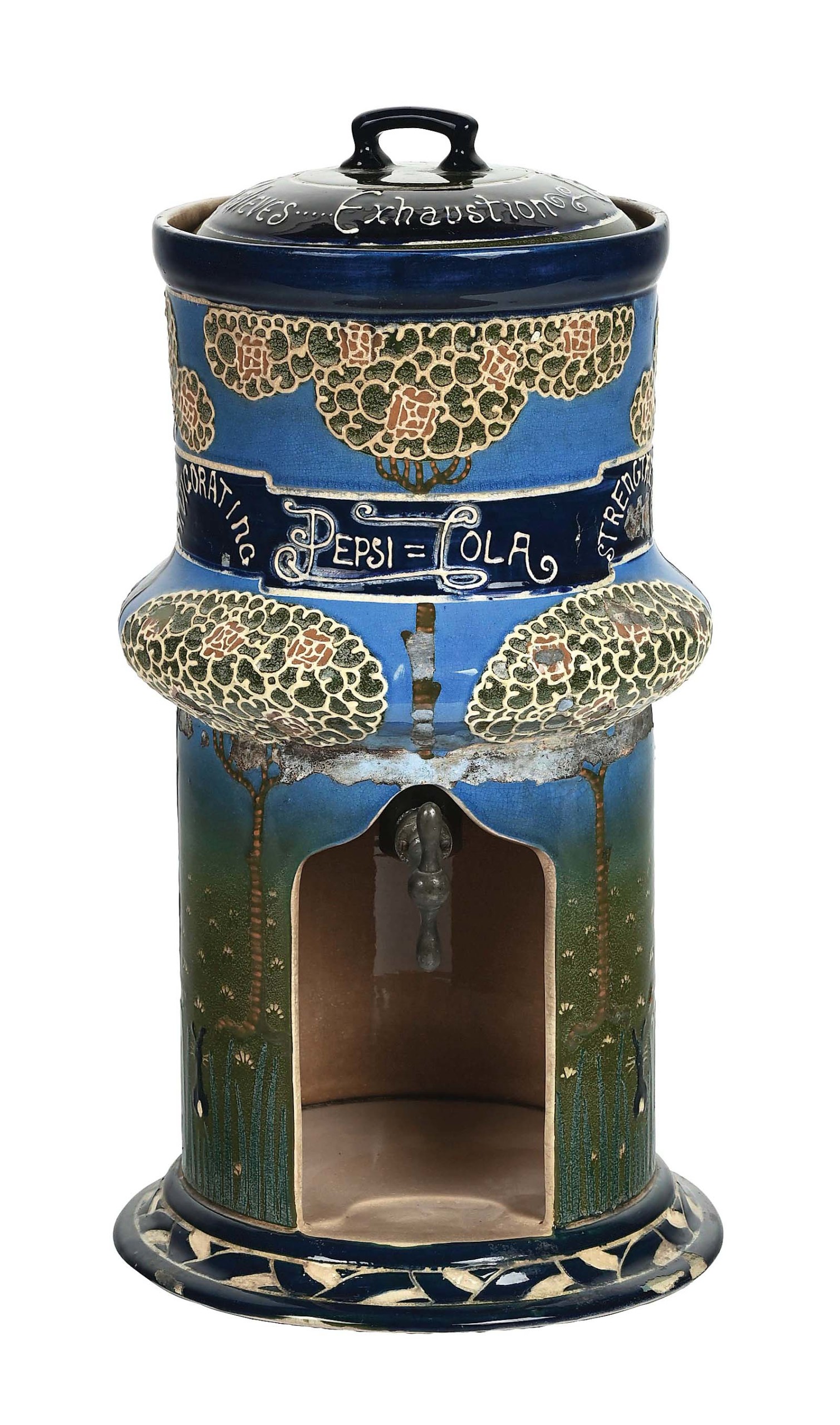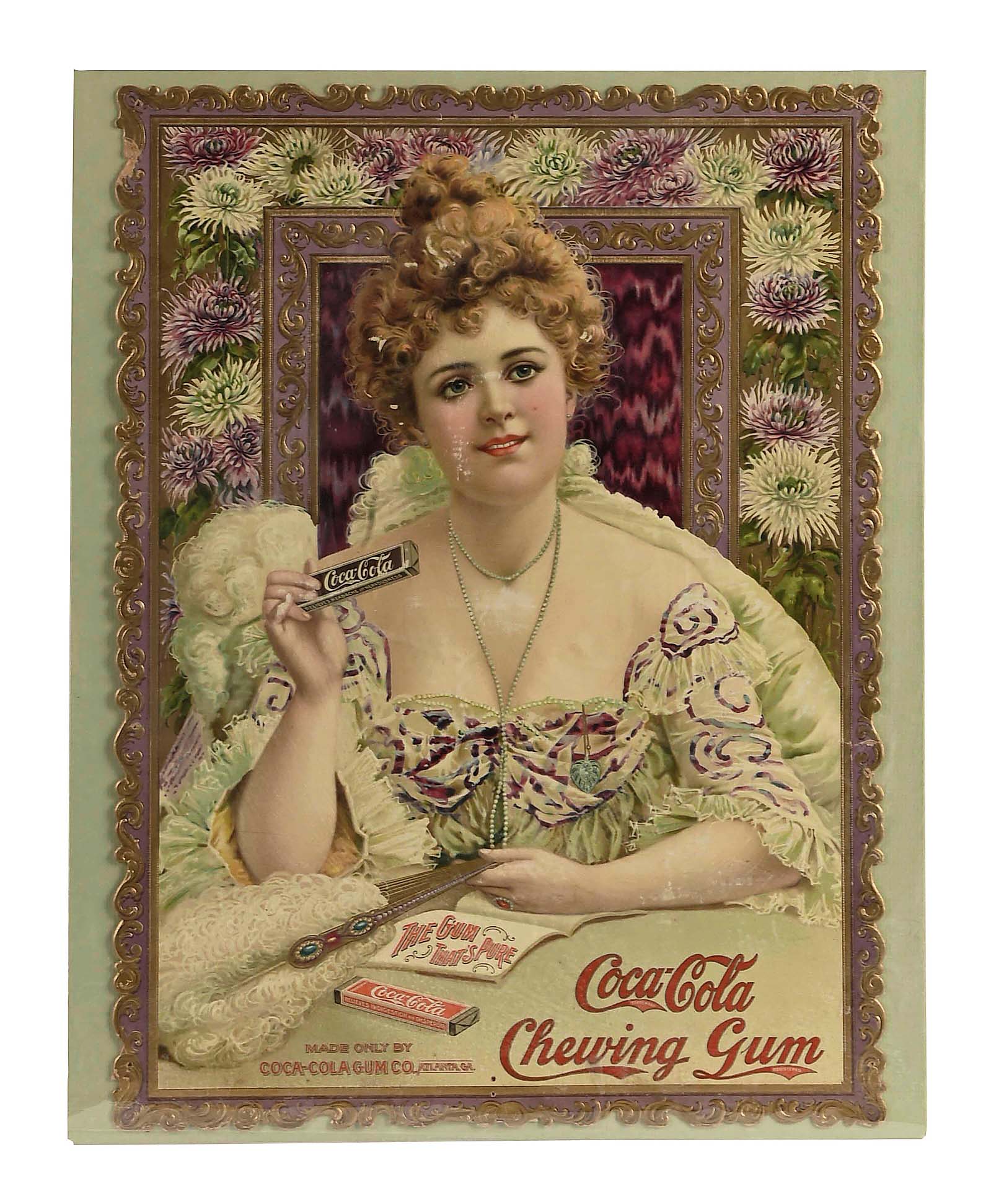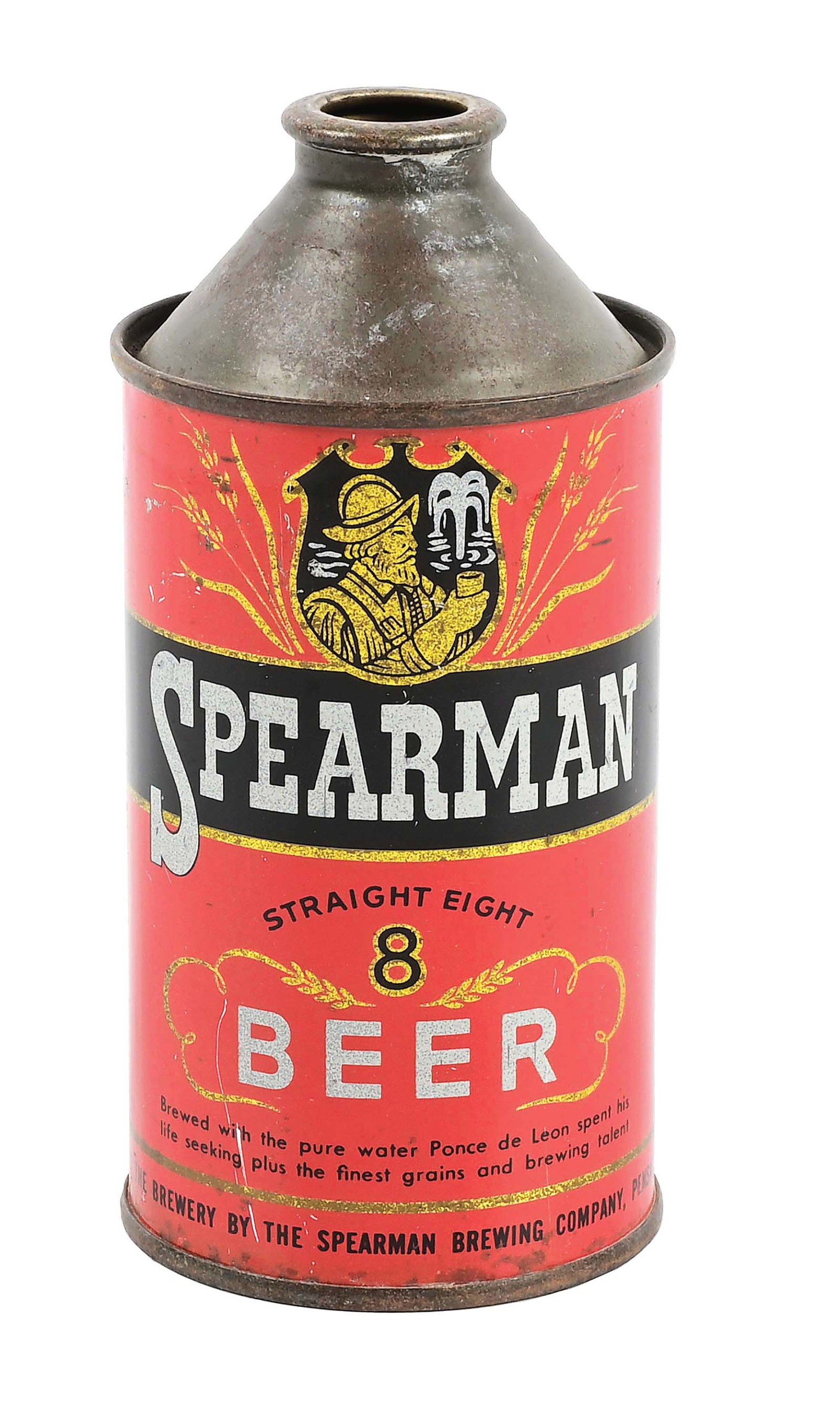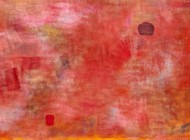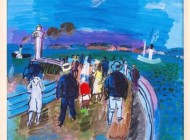
Pouring out the sale’s highest price of $31,200 was this circa 1880s glass Pemberton’s French Wine Cola bottle with original paper label, 11 inches high ($6/12,000).
Review by Carly Timpson
DENVER, PENN. — Spanning three days, August 18-20, Morphy Auctions successfully served up its latest edition of the Soda Pop, Advertising & General Store Auction. Featuring 1,780 lots of antique cola bottles, soda fountain memorabilia, general store advertising signs, classic radios and vending machines, the auction realized $2.4 million. Morphy’s COO and director of marketing, Les Jones, shared that the firm “Set many record prices on Pepsi and Coca-Cola bottles and advertising” and noted that they “had excellent in person attendance, especially from the Pepsi Cola collectors.”
More than doubling its $12,000 high estimate to become the sale’s top lot was a circa 1880s glass bottle with original paper label for Pemberton’s French Wine Coca, an early medicinal beverage that, according to the catalog, “was the forerunner to what ultimately became Coca-Cola in 1886.” In addition to retaining its original label that was around 85 percent intact, the bottle was embossed with the product name and the glass remained clear and undamaged. With a first bid of $12,000, the bottle’s low estimate of $6,000 was all but ignored, and it ultimately topped off at $31,980.
Another circa 1880s bottle of Pemberton’s Wine Coca, a clear glass bottle with no label but embossed “Pemberton’s Wine Coca,” was bid to $24,000, exceeding a $8/16,000 estimate. This example was paired with several pieces of related ephemera, including an 1868 Pemberton medicinal advertisement in The Rome Georgia Courier, a May 1886 advertisement in the Augusta Georgia Chronicle and an 1898 publication — the year Coca-Cola debuted — from the Atlanta Police Department featuring an early Coca-Cola advertisement, as well as one for French Wine Coca. As the auction catalog noted, this lot was “an outstanding collection of early Coca-Cola ephemera and history.”

This one-gallon Pepsi-Cola fountain syrup jug, circa 1920, retained its original paper label and brought $26,400 ($3/6,000).
Early glass continued to intrigue bidders, as a Pepsi-Cola fountain syrup jug from circa 1920 was bid nearly four and a half times its $6,000 high estimate to achieve $26,400. This one-gallon jug had an old paper label depicting a young boy drinking from a Pepsi-Cola glass and an additional panel image showing customers at a soda fountain counter. Marked “The Pepsi-Cola Co., / New Bern, N.C.,” the label instructed users to “Dispense one ounce of this syrup to seven ounces of carbonated water.” Though the bottom of the glass jug was cracked, it earned an 8.0 condition rating.
A clear glass ginger ale bottle from the Coca-Cola bottling plant in Lexington, Ky., found a new home for $21,600. With the Coca-Cola script logo at the center, the bottle was further impressed at the shoulder with script reading “Indian Rock / Ginger Ale.” Morphy’s cataloged this as “a great example,” grading it 8.5 despite a minor chip.
Original Coca-Cola items — especially advertisements and display pieces — showed strength in the auction, with a double-sided triangular sign from circa 1933 leading the selection at $30,750. The porcelain sign was detailed with the classic red and white script Coca-Cola logo over a light green background and had a pierced Art Deco scroll along the top edge. Made by the “Tennessee Enamel Mfg. Co.,” as marked, this sign featured the Christmas bottle graphic and received an outstanding Authentication & Grading Services (AGS) grade of 94 out of 100.

This circa 1910s-20s printer’s proof of a Coca-Cola window display, 39¼ by 34¼ inches framed, brought $27,600 ($10/20,000).
A circa 1910s-20s lithographed printer’s proof of what would likely become a die-cut window display surfaced for $27,600. The illustration showed a man swimming up to a dock to accept a fountain glass of Coca-Cola from his lady friend. Bearing a maker’s mark of “Ketterlinus, Philada,” the image had “a few hardly mentionable specks of discoloration seen in the outer sections of the white background, however the graphic and colors remain clean and exceptional,” and it was framed for display.
At one point, the Coca-Cola company also made chewing gum, and several of the sale’s top lots featured that product. Morphy’s reported, “Coke-flavored gum was introduced in 1903 and discontinued in 1920. Any signage or ephemera pertaining to the product is equally desirable to collectors of chewing gum or Coke material.” Two of the most notable examples in the auction were a circa 1914-16 cardboard sign of a Dutch boy and a circa 1903 rectangular sign featuring opera singer Hilda Clark. The Dutch boy, shown running in clogs and holding an oversized stick of Coca-Cola Peppermint Pepsin Gum, strode off to a new owner for $20,910. The Clark sign, with intricate die-cut scrollwork along the edges, was mounted to a backing board and brought $19,200.
Of course, the age-old competitor showed up as well. Pepsi-Cola offerings were led by a round soda fountain tip tray. Graded 85 by AGS, this 6-inch diameter tray advertised “The Pepsin Drink / Refreshing – Invigorating” and showed the early “Pepsi-Cola” script logo in the center. Made by “The Meek & Beach Co.,” circa 1905, the blue-and-white tray was tipped past its $12,000 high estimate to achieve $26,400.

Reading “The Pepsin Drink / Refreshing – Invigorating,” this 6-inch Pepsi-Cola tip tray, circa 1905, earned much more than the advertised five cents; it closed for $26,400 ($6/12,000).
An intricately detailed Pepsi-Cola syrup dispenser with Art Nouveau style floral trees in a meadow with rabbits found a new home for $19,680. The circa 1900-1910 ceramic dispenser was complete with its original spigot and lid, which bore text reading “Cures…Indigestion / Relieves…Exhaustion.” Despite some losses to the glaze, the piece was graded 8.25 for condition and the auction catalog noted it was “A seldom seen and difficult piece to find in any condition.”
Another perennial favorite among soda pop collectors is Hires Root Beer. In this auction, a salesman sample of the Hires Munimaker syrup dispenser achieved the sale’s second-highest price of $30,750. Made from marble, glass and nickel, this 8-inch example had a zinc liner and coils inside, just like its full-size counterpart. Additionally, its globe, bearing the message “Drink Hires / It is Pure,” was clean and undamaged.
Dr Pepper was also represented by a set of three circa 1930s porcelain signs. In the brand’s script lettering, the largest of the three, 30 inches long, read “Dr. Pepper / Good For Life!” The other two read “Drink” and “5¢” respectively. According to the catalog, “These signs were likely used on a delivery truck” and “all three remain clean with minor edgewear and oxidation to the grommets. A desirable and eye-appealing set.” Consequently, the trip more than doubled their $6,000 high estimate, realizing $15,600.

Manufactured by the Theo A. Kochs company of Chicago, this salesman sample barber chair with red leather cushions, white porcelain and chrome construction, 16 inches high, rested for $23,750 ($15/30,000).
While most of the top results celebrated the soda fountain, a few honored the classic barber shop. Leading those selections was a salesman sample of a barber chair manufactured by the Theo A. Kochs Company of Chicago. This chair, red leather and chrome on white porcelain, featured the company name debossed into the filigreed footrests. Though it only measured 16 inches high, it rose to $23,750.
Other non-soda collecting categories to see success included tobacco and alcohol. One of the tobacciana highlights was a circa 1920s-30s single-sided tin sign from Prince Albert Tobacco. The rectangular sign featured a portrait of Chief Joseph of the Nez Perce tribe wearing a full feather bonnet and numerous bead necklaces. Chief Joseph was identified on the sign, and the primary advertising text read “Prince Albert / the national joy smoke,” with a smaller inscription of “Compliments of R.J. Reynolds Tobacco Co.,” in the bottom left corner. The sign hung for $12,915, more than doubling its high estimate.
Leading the alcohol selections was an early Cap-Sealed cone-top can for Spearman Straight Eight Beer from the Spearman Brewing Company circa 1930s-40s. Spanish explorer Ponce de Leon was depicted with the Fountain of Youth in a shield on the front of the can, and text at the bottom read “Brewed with the pure water Ponce de Leon spent his life seeking plus the finest grains and brewing talent.” The Pensacola, Fla.-based company’s beer was canned by the Continental Can Company Inc., and featured their trademark as well as the “Internal Revenue Tax Paid” mark along its metal seam. As this can was a “Solid example that displays well. One of the better examples known to exist,” it was bid to $5,166 — exceeding its $2,000 high estimate.
Prices reported include the buyer’s premium as reported by the auction house. For information, www.morphyauctions.com or 877-968-8880.
